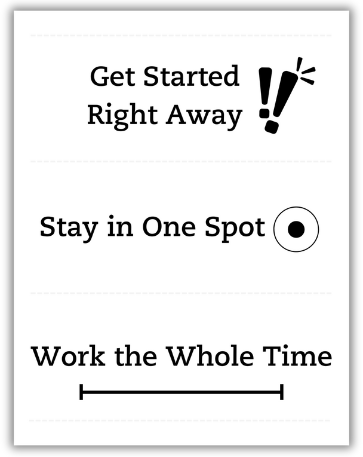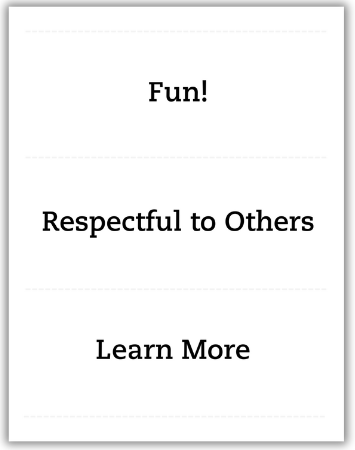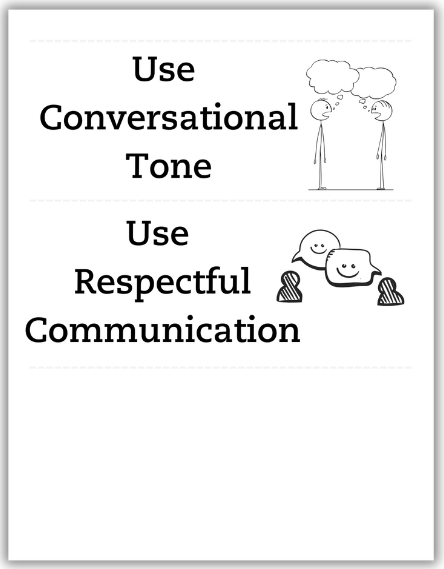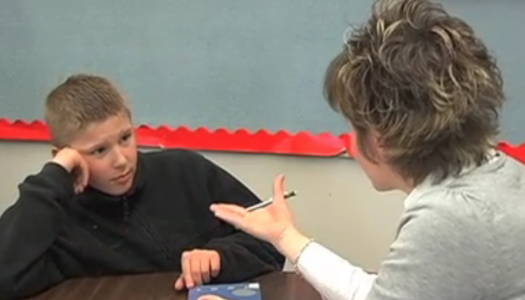Anchor Chart Cards
Join Our Community
Access this resource now. Get up to three resources every month for free.
Choose from thousands of articles, lessons, guides, videos, and printables.
Setting Clear Expectations: A Time-Saving Strategy for Building Anchor Charts
One of the most powerful ways to set students up for success is by clearly communicating your expectations for behavior, whether they’re working independently or collaboratively. In our classrooms, we’ve found that building anchor charts with students is an excellent way to make expectations visible and meaningful.
Here’s how it works: as we discuss the desired behaviors for engagement, we use the 10 Steps to Independence to introduce and practice these behaviors. This method ensures students not only understand what’s expected but also have the opportunity to practice and internalize those expectations. As we write each desired behavior on the chart, we take time to explain why it’s essential for success. This approach creates a shared understanding and builds student ownership of the behaviors.
And, we know writing everything out in real time can sometimes be a lengthy process. If you’ve ever lost students’ attention during this step, you know how challenging it can be to keep them engaged. So, here are a few options to make the process smoother while still keeping students involved:
- Prewrite the Anchor Chart: Create the chart ahead of time. Then, cover the original chart and reveal each behavior one at a time as you introduce it.
- Preprinted Cards: Save time by using preprinted behavior cards. As you introduce each behavior, simply post the corresponding card on the chart. This keeps the lesson moving while ensuring students stay engaged in meaningful discussion.
To help you implement this strategy, we’ve created printable behavior cards for both independent and collaborative learning. Each card includes clear behavior expectations and a statement of purpose, helping students understand whyeach behavior matters. These tools make it easier to create anchor charts that are both effective and efficient.
Whether you choose to write the behaviors by hand or use preprinted cards, the key is involving students in the process. When they understand the purpose behind the expectations and have a chance to practice them through the 10 Steps to Independence, they’re more likely to take ownership and stay engaged.
Check out the printable behavior cards below to get started.









